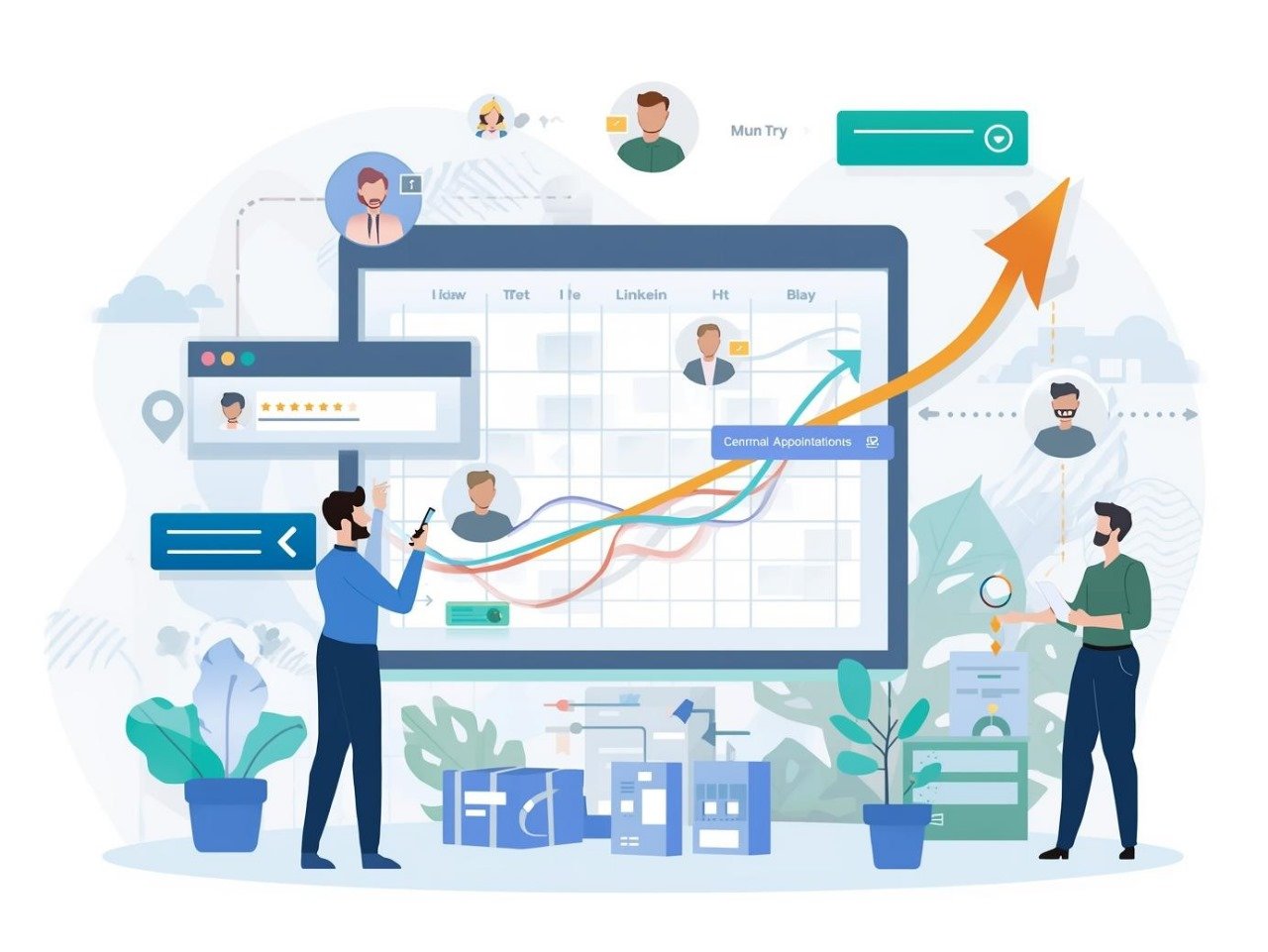Managing money used to be a time-consuming process. People relied on paper statements, handwritten budgets, and mental math to keep their finances in order. If you wanted to check your bank balance, you had to call your bank or wait for a printed statement. Setting up savings goals or paying off debt required guesswork or help from a financial advisor.
Today, technology has made nearly every part of personal finance more accessible. Whether you’re tracking spending, saving for a big goal, or trying to reduce debt, there’s a tool that can help you do it more efficiently. You no longer need to be an expert to understand where your money is going and how to make better decisions.
In recent years, a wide range of financial tools has reshaped how people approach money. These apps and websites are user-friendly, easy to access, and often come with features that were once only available through professional services. People are using technology not just to save time but to take control of their financial futures in new ways.
Tools That Make Financial Planning Easier
One of the biggest changes is the ability to visualize your financial progress. In the past, planning for the future meant creating spreadsheets or hiring someone to crunch numbers. Now, many platforms let you enter a few details and immediately see where you stand.
A good example is the rise of online calculators and visual tools that help with long-term planning. The SoFi compound interest calculator is one such tool that lets you plug in your savings, interest rate, and timeline to see how your money could grow over time. You can access this resource at https://www.sofi.com/calculators/compound-interest-calculator/.
Tools like this give you a clearer picture of what’s possible. Instead of relying on vague guesses, you can experiment with different saving strategies and timelines. That way, you know how much progress you’re making toward your goals, or what adjustments might be needed.
Planning has become less about guesswork and more about exploring real numbers. With access to calculators, simulations, and visual breakdowns, more people are getting comfortable making decisions they might have avoided in the past.
Budgeting Apps That Track More Than Just Spending
Budgeting apps are no longer just digital notebooks. Many of today’s platforms go beyond logging expenses. They categorize your purchases, alert you to unusual activity, and provide snapshots of your monthly habits.
Apps like these allow users to link their bank accounts, credit cards, and loans. From there, the apps track where money goes, highlight patterns, and help users identify where they might want to make changes.
This kind of tech turns budgeting into a regular habit rather than something to check once in a while. With built-in reminders and data visualizations, it’s easier to stay on top of financial goals.
Automation for Savings and Payments
Technology has taken a lot of the manual work out of saving and bill-paying. Automation is now a common feature in many banking and budgeting apps. With just a few taps, you can set up automatic transfers from your checking account to a savings account. You can also schedule monthly bill payments to avoid late fees.
Some platforms offer options to round up everyday purchases and transfer the difference into savings. While the amounts may seem small, they build up over time and help build better habits without much effort. These tools help people move toward their goals without needing to make the same decisions over and over.
Automation doesn’t replace planning—it supports it. When you set up smart systems in the background, it becomes easier to stay consistent without tracking every detail daily.
Investment Platforms With Low Barriers
In the past, investing felt out of reach for most people unless they had a large sum of money or access to an advisor. Now, mobile investment platforms make it easier to get started with as little as a few dollars.
Users can open accounts, pick investments, and monitor performance all from a phone. These platforms often include educational features to help users make informed decisions.
Some apps offer guided portfolios based on your goals and risk comfort. Others allow direct control over individual stock or ETF purchases. Either way, the entry barrier is lower, and the experience is more approachable than it used to be.
The ability to invest in small amounts, track progress in real time, and access educational content has opened the door for more people to build wealth earlier.
Credit Monitoring and Identity Protection Tools
Credit health is a big part of personal finance, and tech has made it easier to stay informed. There are many services out there that now offer free credit score tracking.
You can get updates when your score changes, alerts for hard inquiries, and insights into what’s affecting your credit. Some platforms even provide suggestions to improve your score based on your current report.
Identity protection has also become more advanced. Features like suspicious activity alerts or the ability to freeze your credit with a click give people more control. These tools help users respond faster when something looks off.
Smarter Decision-Making With Financial Insights
Many apps now include dashboards that break down spending trends, forecast future expenses, or recommend ways to save based on your habits. These insights aren’t just numbers; they help guide real decisions.
If you’re spending more than expected in one category, the app might alert you early. If there’s room to move money toward debt or savings, you’ll see that option clearly. These features help users stay informed without needing to dig through spreadsheets.
The tech doesn’t make the decisions for you. It highlights what matters and makes it easier to act.
Technology has changed how people handle their money day to day. From budgeting and saving to investing and protecting credit, digital tools have made personal finance less confusing and more accessible.
The best part is that you don’t need to learn everything at once. You can start small, pick the tools that match your goals, and grow from there. With so many options available, taking control of your finances has never felt more doable.
IF YOU NEED ANY SEO RELATED SERVICE AT A RESPONSIBLE RATE, PLEASE VISIT TECHHUDA.




